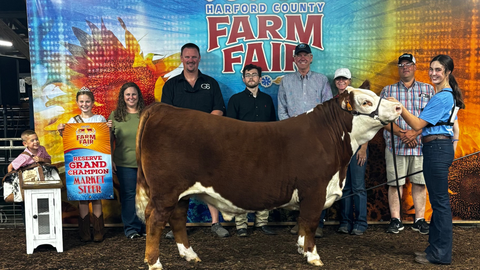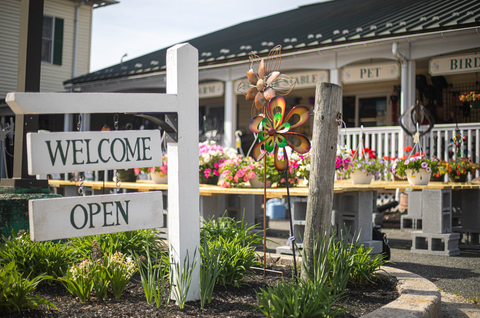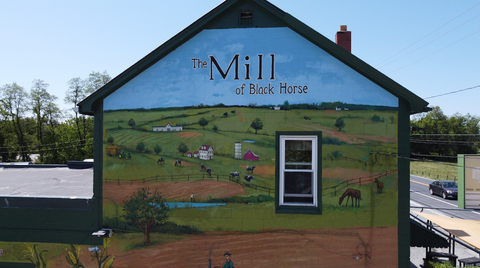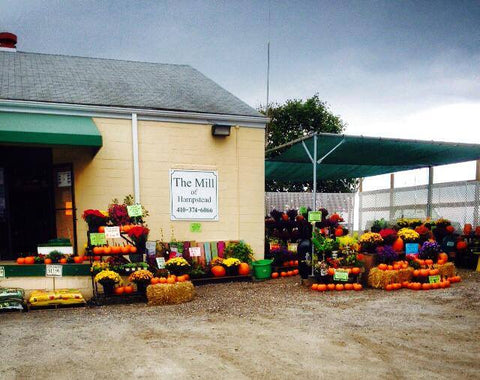Understanding Why Egg Production Drops in Winter
As daylight hours shorten in fall and winter, many flock owners notice egg production tapering off or even stopping altogether. This slowdown is completely natural. Hens are photosensitive, meaning their reproductive cycles respond to the amount of light they receive each day.
When day length drops below about 14 hours of light, hens’ hormone levels decrease, signaling their bodies to rest and conserve energy. In nature, this break allows time for molting and recovery before spring breeding season. For backyard flocks and small farms relying on consistent egg supply, however, this pause can be managed with supplemental lighting.
The Science Behind Light and Laying
A hen’s pituitary gland and pineal gland control egg-laying hormones, both of which are directly influenced by light entering the eye. Adequate light triggers the release of luteinizing hormone (LH) and follicle-stimulating hormone (FSH) — two key hormones responsible for ovulation and egg production.
-
Too little light → hormone suppression → fewer eggs
-
Consistent light schedule → balanced hormones → steady laying
Because hens perceive day length rather than brightness, even low-wattage bulbs can be effective when properly timed.
How Much Light Do Laying Hens Need?
To sustain egg production year-round, hens should receive 14–16 hours of total light per day. Natural daylight can provide part of this, but during late fall and winter, supplemental lighting is usually needed to reach that threshold.
A simple way to calculate:
14 hours of total light – hours of natural daylight = hours of supplemental light needed
For example, if your area gets 9 hours of daylight in December, you’ll need about 5 additional hours of light in your coop.
Setting Up Supplemental Lighting
1. Choose the right bulb.
Use an LED or fluorescent bulb that produces the equivalent of up to 40–60 watts of warm white light. The same silver reflector brooder lamps used for brooding baby chicks work well to supply winter artificial lighting for hens. Avoid overly bright or colored bulbs; consistent, natural light works best.
2. Use a timer.
Timers are essential for maintaining a consistent schedule. The best approach is to add light in the early morning (e.g., 4:30–8:00 a.m.) so birds wake to steady illumination and still roost naturally at dusk.
3. Placement matters.
Hang lights safely above head height, ideally providing one 40-watt equivalent per 100 square feet of coop space. Ensure cords and fixtures are secured away from dust and moisture.
4. Transition gradually.
If hens are already laying less, introduce extra light slowly — add 15 minutes of light per week until reaching the target total. Sudden increases can stress birds or disrupt molting cycles.
Maintaining Hen Health Alongside Lighting
Light alone cannot guarantee production. Hens also need:
-
Balanced nutrition rich in calcium and amino acids for shell and yolk quality. Have high quality, well balanced layer ration available at all times, so your hens can consume enough to maintain warmth and egg production.
-
Access to fresh water at all times, even in freezing weather.
-
Adequate ventilation to prevent moisture buildup in winter coops
-
Cleanliness in the coop with hens spending more time inside. Keep bedding clean and dry.
-
Space and comfort to avoid crowding stress that can further reduce laying.
Supplemental lighting should complement, not replace, sound management and nutrition.
Avoid Over-Lighting
More is not always better. Exceeding 16 hours of light per day can over-stimulate hens, leading to premature aging and reduced laying longevity. Hens also need 8 hours of darkness for rest and natural hormone cycles.
Maintain a consistent schedule year to year; erratic light changes can disrupt production or cause feather picking.
Partnering with The Mill for Poultry Success
The Mill carries a full line of poultry feeds, bulbs, heated waterers, and coop supplies to help maintain flock health during the winter months. Our livestock team can help you build a feeding and flock management plan tailored to your birds’ age, breed, and housing setup.























